Week 4 unit 7 ( first cut )
HOLIDAYS AND TRADITIONS
Hi guys, welcome to my blog, therefore we welcome a new unit consisting of Festivals and Traditions.
When talking about these, he refers to the festivities and cultural practices that people celebrate in different parts of the world. Holidays are special moments that are commemorated for various reasons, such as historical, religious, or cultural events. Traditions are practices and customs that have been passed down from generation to generation and are often associated with these festivities. These celebrations and practices reflect the cultural identity, values, and beliefs of a particular community or society.
The festivities and traditions can vary greatly depending on the region, country and culture. Some well-known examples of holidays and traditions include:
Christmas: Celebrated in many countries around the world to commemorate the birth of Jesus Christ. It includes customs such as decorating trees, exchanging gifts, and enjoying special foods.
New Years: The celebration of the beginning of a new year, often accompanied by fireworks, parties, and New Year's resolutions.
Diwali: Also known as the "Festival of Lights," it is an important holiday in Hinduism, Sikhism, and Jainism. It is characterized by lights, oil lamps, colorful decorations and family celebrations.
Ramadan: The ninth month of the Islamic calendar, during which Muslims practice daily fasting from sunrise to sunset. It is celebrated as a period of reflection, self-discipline, and spiritual devotion.
Thanksgiving Day: Celebrated mainly in the United States and Canada, it is a day to give thanks for the blessings and harvests of the year. It is usually marked by large family meals.
Day of the Dead: Celebration in Mexico and other places in Latin America to honor the deceased. It includes altars, ofrendas, sugar skulls, and colorful parades.
Songkran Festival: The Thai New Year, celebrated with water activities and purification rituals.


:quality(75)/cloudfront-us-east-1.images.arcpublishing.com/elcomercio/B5PJEVTBOREIXHXXJOARCWEXMQ.jpg)

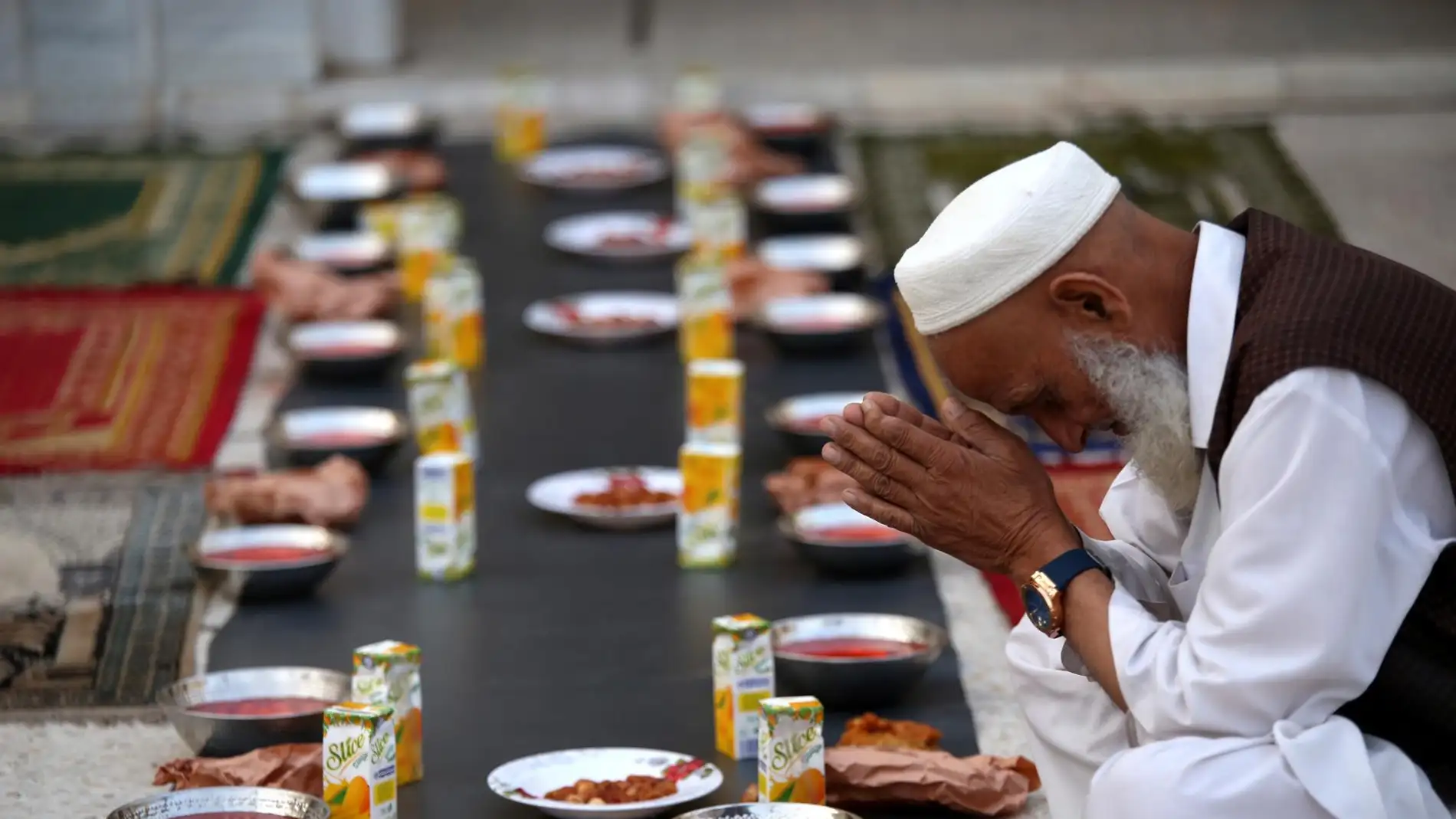
:quality(75)/cloudfront-us-east-1.images.arcpublishing.com/elcomercio/ZAYYEQOXCRCWXK7ZCQJTLTOONI.jpg)
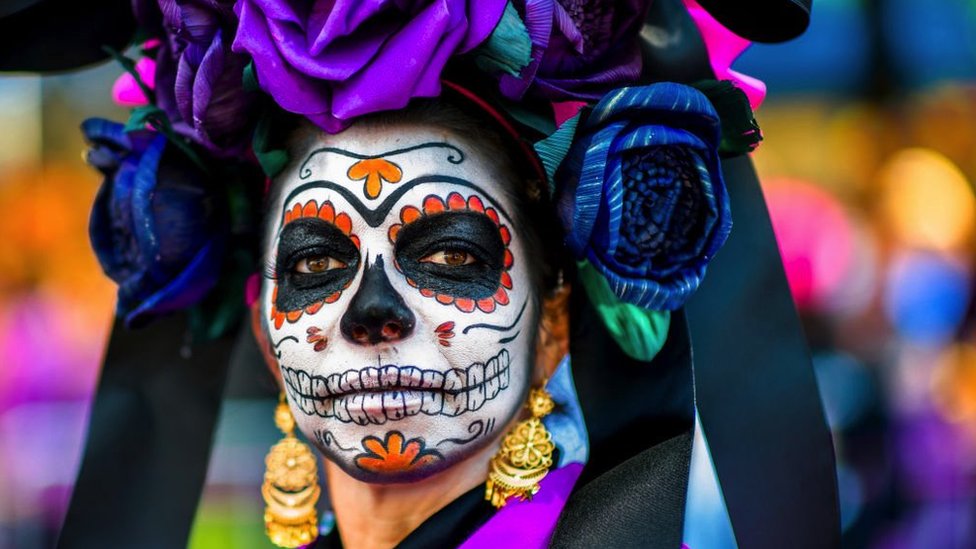
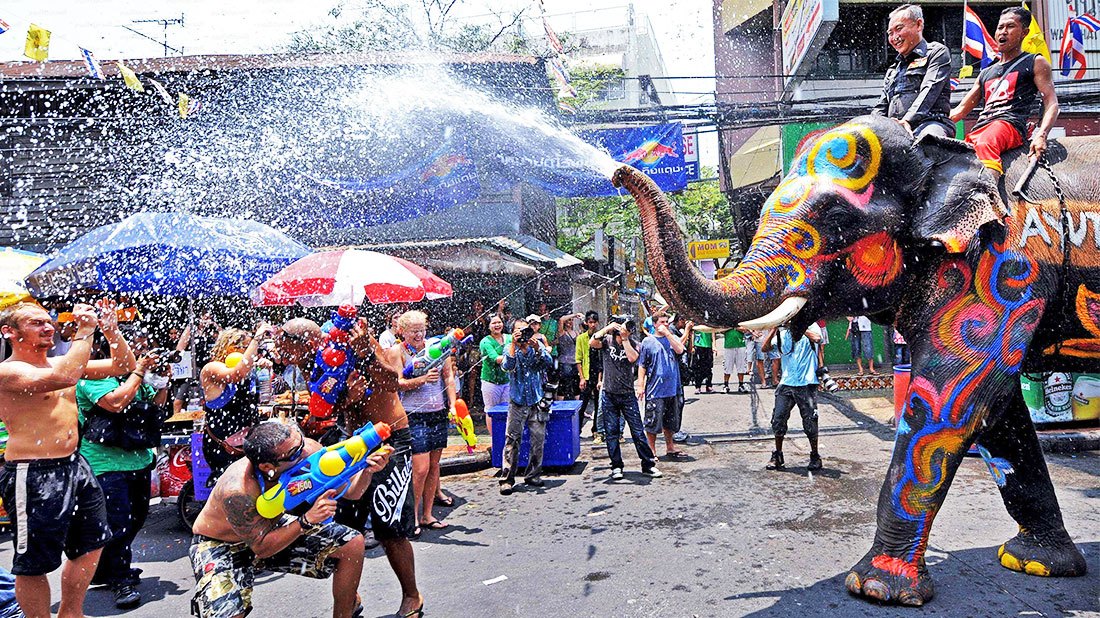


:quality(70)/cloudfront-us-east-1.images.arcpublishing.com/prisaradioco/P5VUI7NR6FC3LHWT3ZIPVZGVK4.jpg)
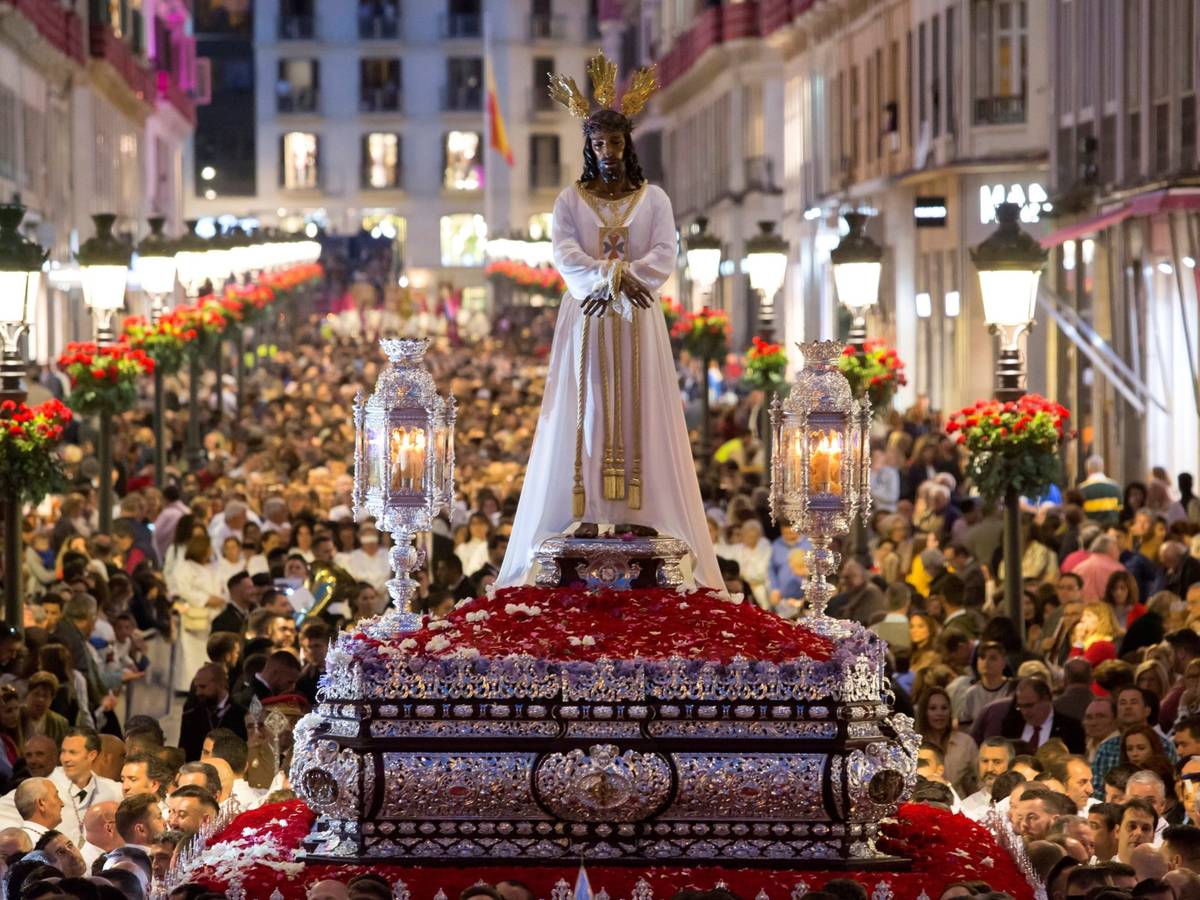
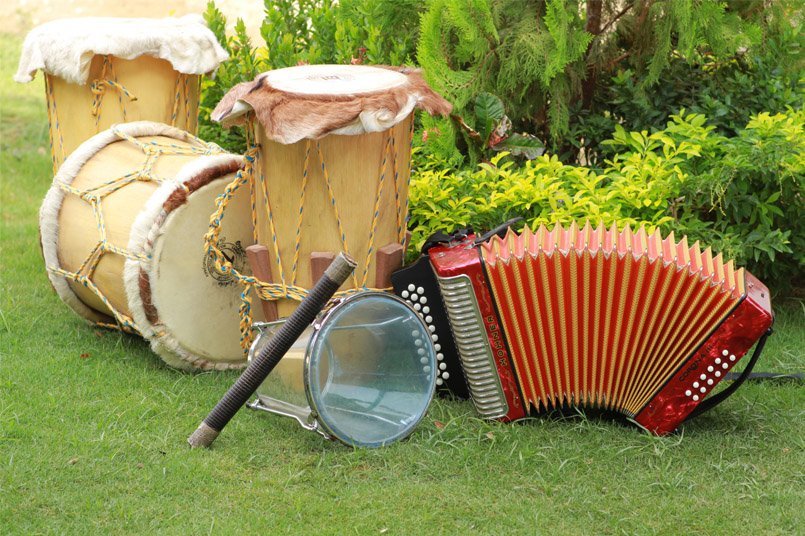

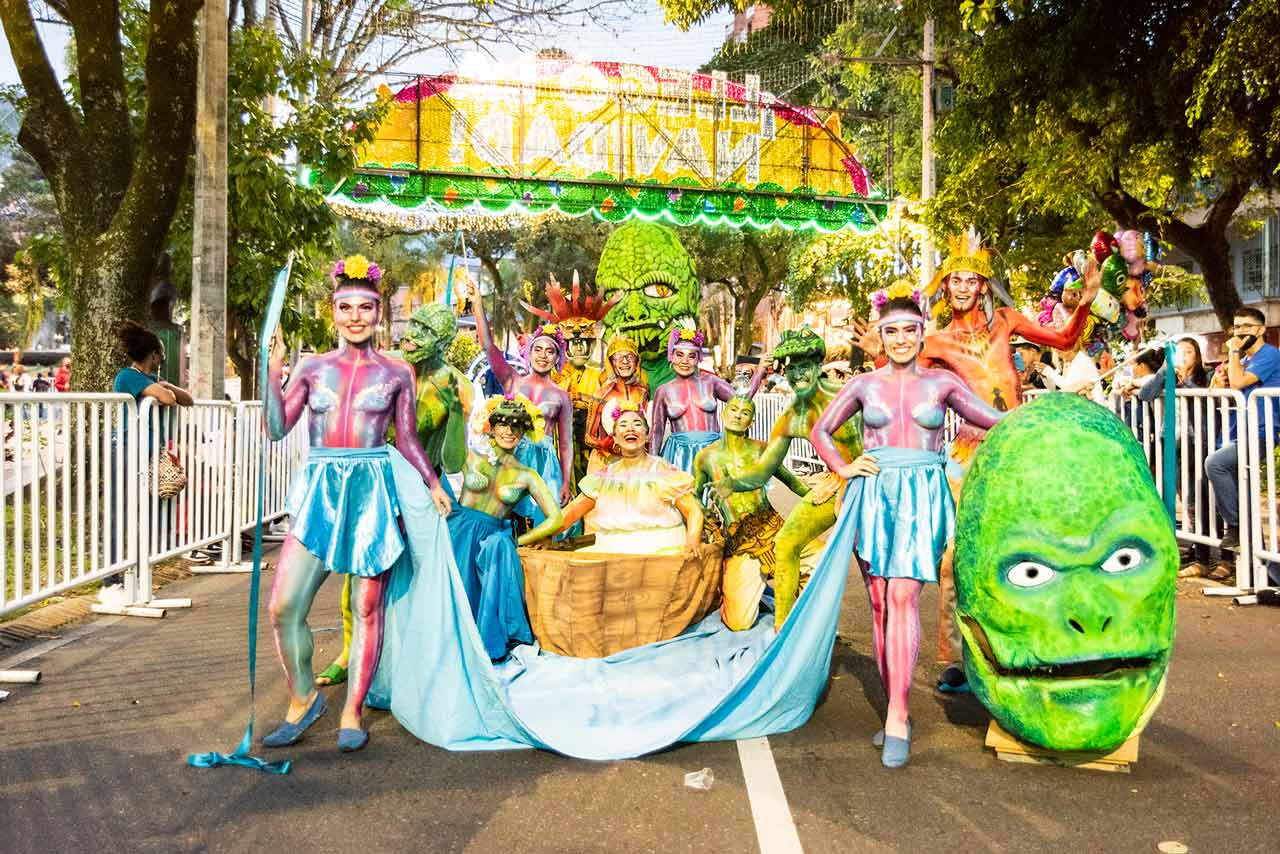



Comentarios
Publicar un comentario